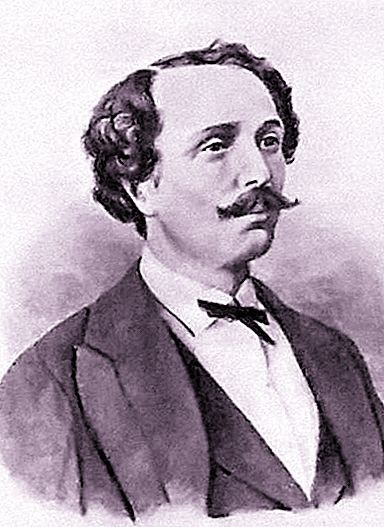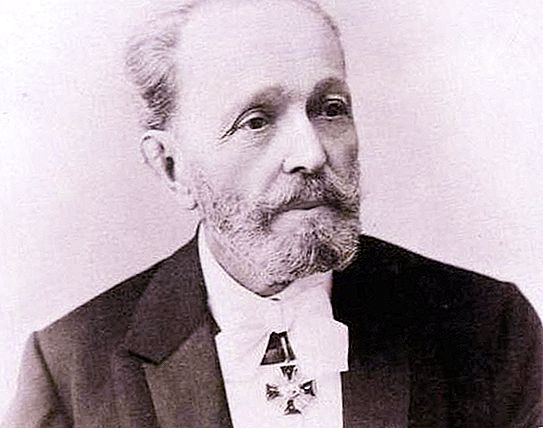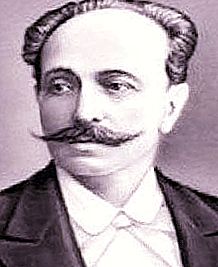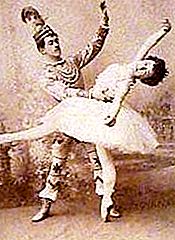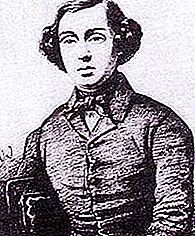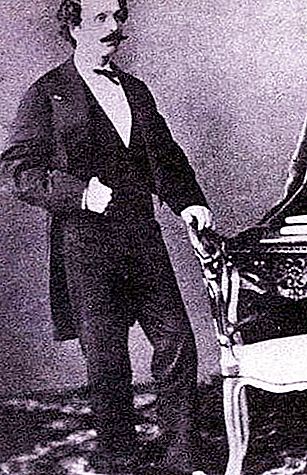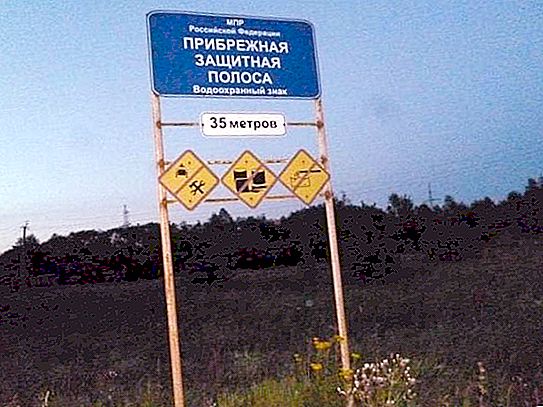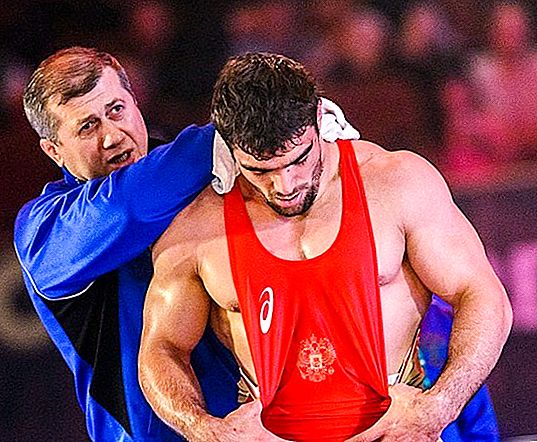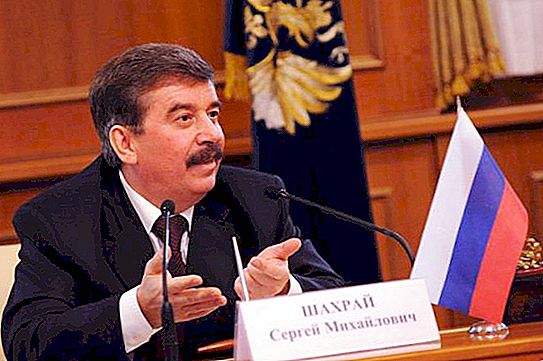On March 11, 2018, the outstanding ballet dancer and choreographer Marius Ivanovich Petipa would have turned 200 years old. His role in the development of Russian ballet is invaluable. There was a whole era in the history of Russian dance art, which is called the “Petipa era”. He staged more than 60 ballets, and also created a set of rules that are still applied in the art of theater dance and are considered the foundations of ballet academism. A characteristic feature of his productions are the mastery of composition, the masterly development of solo parts, the harmony of the choreographic ensemble.
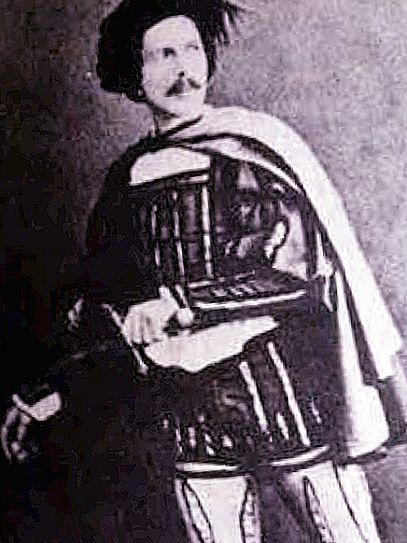
Petipa Marius Ivanovich: short biography, parents
The name given to him at birth is Alfons Victor Marius Petipa. The future artist was born in mid-March 1818 in the French port city of Marseille. His father, Jean Antoine Petipa, was a French ballet dancer and choreographer, and his mother, Victoria Grasso, was a servant of the drama theater. The woman was a fairly popular actress and starring in tragedies.
When Marius Petipa, whose biography is described in this article, turned 4 years old, his family, having received an invitation from the Brussels Opera and Ballet Theater, moved to the capital of Belgium. Here, the boy went to the gymnasium, and also received the basics of music education at the Fetis Conservatory. Initially engaged in violin and solfeggio. When he was 7 years old, he began to attend choreography lessons under the guidance of his father. Here, for the first time, he took to the stage and addressed the public. Nevertheless, in early childhood he absolutely did not want to dance. We can say that his father forced him to perform complex ballet movements, which, however, were given to the boy with ease. Who would have thought that this art would become the work of his whole life in the future.
Return to France
In the 30s of the 19th century, the French period began again in the biography of Marius Petipa. Here, under the guidance of the world-famous choreographer Auguste Westris, he takes dance more seriously. At the same time, his father continued to perform as a dancer, and his son danced with him on the same stage, in the same performances. It was at this time that they toured the United States, performed at the New York Opera and Ballet Theater, traveled together all over Europe, worked for a long time in Spain. It was a difficult period, because after the second revolution in France, dance art fell into decay, and the people had many problems that did not allow them to come to the theater and enjoy the art.
Russian period
From the moment the famous French ballet dancer went to Russia, and this happened in 1847 (that is, when he was 29 years old), there were changes in his initials. Then he in his biography - Petipa Marius Ivanovich. As you know, his patronymic from Zhanovich was changed to Ivanovich (in the Russian style), and after that, until the end of his life, the dancer and choreographer was called Marius Ivanovich in Russia. He was invited to the capital of the Russian Empire, to Petersburg, in order to become a soloist in the imperial theaters.
The debut role was Lucien's part in the ballet Paquita (music by Eduard Deldevez). He brought this performance to Russia from Paris. He was further noted as the leading actor in the ballets Esmeralda, Satanilla, Faust, Corsair (music by Adolf Adan), which he brought from France. Later he began to create new productions himself. The audience greeted the French dancer with a bang and constantly challenged him for an encore, however, the experts in ballet mastery, and he himself, knew that all these pa, pirouettes and fouettes were given thanks to great industriousness. Acting is another matter: in this he had no equal. In the future, Marius, of course, was indispensable in the production of performances. Many were surprised at how all this he succeeded.
Start of choreographic activity
The production of "Daughters of the Pharaoh" (to the music of Pugni) in 1850-60. considered one of the key points in the biography of Petip Marius Ivanovich. The viewer was simply shocked by the spectacle, scale, luxury, and of the power of the production. After that, he was appointed choreographer of the imperial theaters of St. Petersburg. After 7 years of work in this capacity, he was recognized as the best among his colleagues. It was 1869 in the biography of Marius Petipa that became the most significant - he was appointed chief choreographer of the first theater of the Empire. In this position he lasted 34 years, until 1903, that is, up to 85 years.
Activities
It is difficult to list all the performances that Marius Petipa staged for his long work. A brief biography, of course, cannot cover everything. We list only the most famous ones: Don Quixote, La Bayadere, etc. It is noteworthy that in the latter he first staged an "act of shadows", which was recognized as a true masterpiece and is still considered an example of classical academic ballet.
Cooperation
The “work” biography and works of Marius Petipa are different in that he, when staging his performances, preferred direct collaboration with composers - authors of ballets. Of course, if it could be done. Such cooperation helped the outstanding choreographer to penetrate even deeper into the essence of music, while the composer created a score that harmoniously combined with Petipa’s choreography. Particularly fruitful were his joint projects with Pyotr Tchaikovsky. Until now, when staging the ballets Sleeping Beauty and Swan Lake, modern choreographers use the choreography developed by the great Frenchman. Even then, ballet critics wrote that this was the pinnacle of academism and dance symphonization. In addition to the above, Petipa’s particularly successful productions were Raymond, Midsummer Night’s Dream for Shakespeare’s comedy, Test of Damis and The Seasons (1900) according to Glazunov.
Petipa - a subject of the Russian Empire
Another date in the biography of Marius Petipa was key - 1894. It was then that the great choreographer took Russian citizenship. He was in love with this country, with talented artists, considered them the best in the whole world. According to the authoritative opinion of Mr. Petipa, the ability to dance and precisely to classical ballet in the blood of Russian artists, and only a little polishing makes them the best.
The last years of creativity
Despite the fact that in Russia Marius Ivanovich Petipa was incredible success, was kindly received by the emperor and the empress himself, the last years of his work were overshadowed by the ambiguous attitude towards him of the new head of the imperial theaters V. Telyakovsky. A black cat ran between them. Of course, he was not able to fire the great choreographer. Nicholas II would never allow him to. However, he continually fixed obstacles and various troubles during the productions of certain performances. He could intervene and make a remark that Marius, who was not accustomed to such an attitude, really did not like.
Departure from the capital and death
The great choreographer and choreographer lived in St. Petersburg until the age of 79, but in 1907, at the insistence of doctors, he went closer to the sea to the Crimea, and his family went with him there. Here he still lived for three years and died in the beautiful Gurzuf at the age of 92. After his death, the body of the Great Frenchman, an outstanding figure of the dance art of Russia, was transported to St. Petersburg - the city where the best years of his life passed, and with which most of his work was associated. He is buried in the Volkovsky Lutheran cemetery. Years passed, and his grave was in complete desolation. In 1948, by decision of the People's Commissar of Culture, his ashes were transferred to the Alexander Nevsky Lavra.

